HTP MicroCut 45 DV User manual
Other HTP Welding System manuals
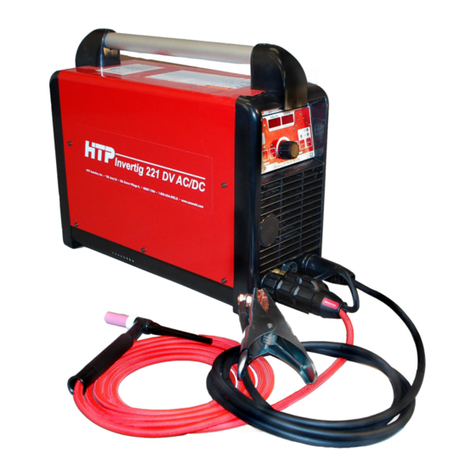
HTP
HTP Invertig 221 AC/DC User manual

HTP
HTP MicroCut 875SC User manual
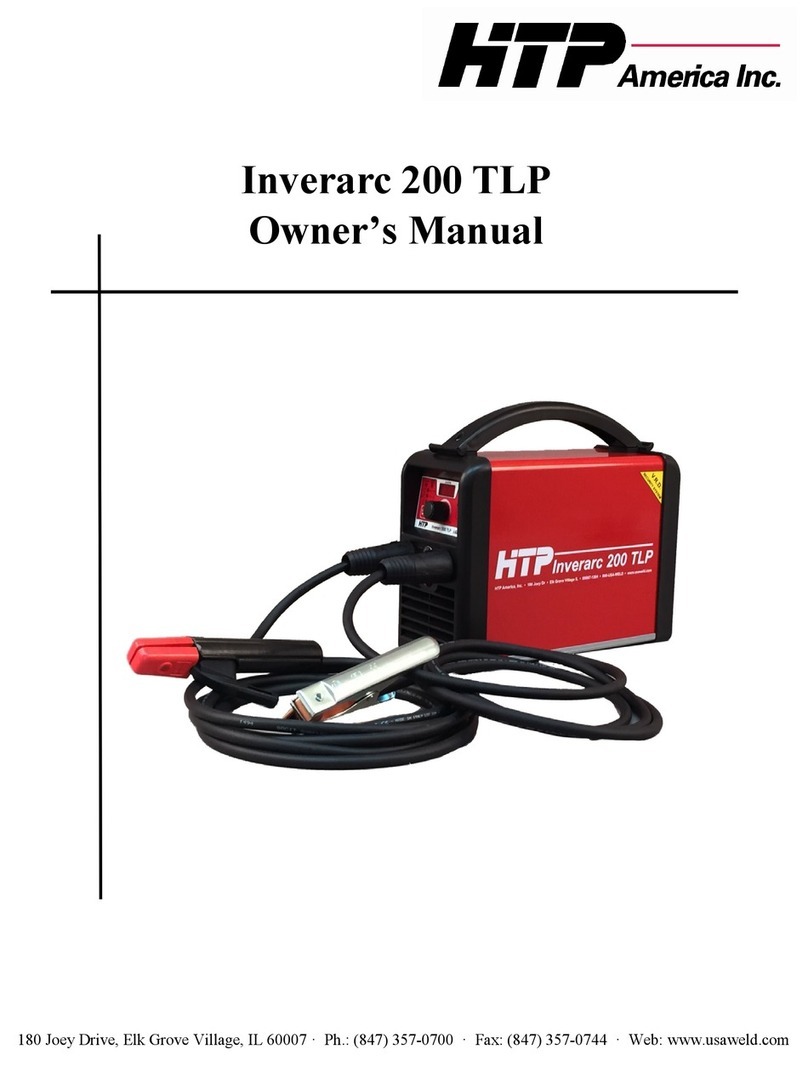
HTP
HTP Inverarc 200 TLP User manual
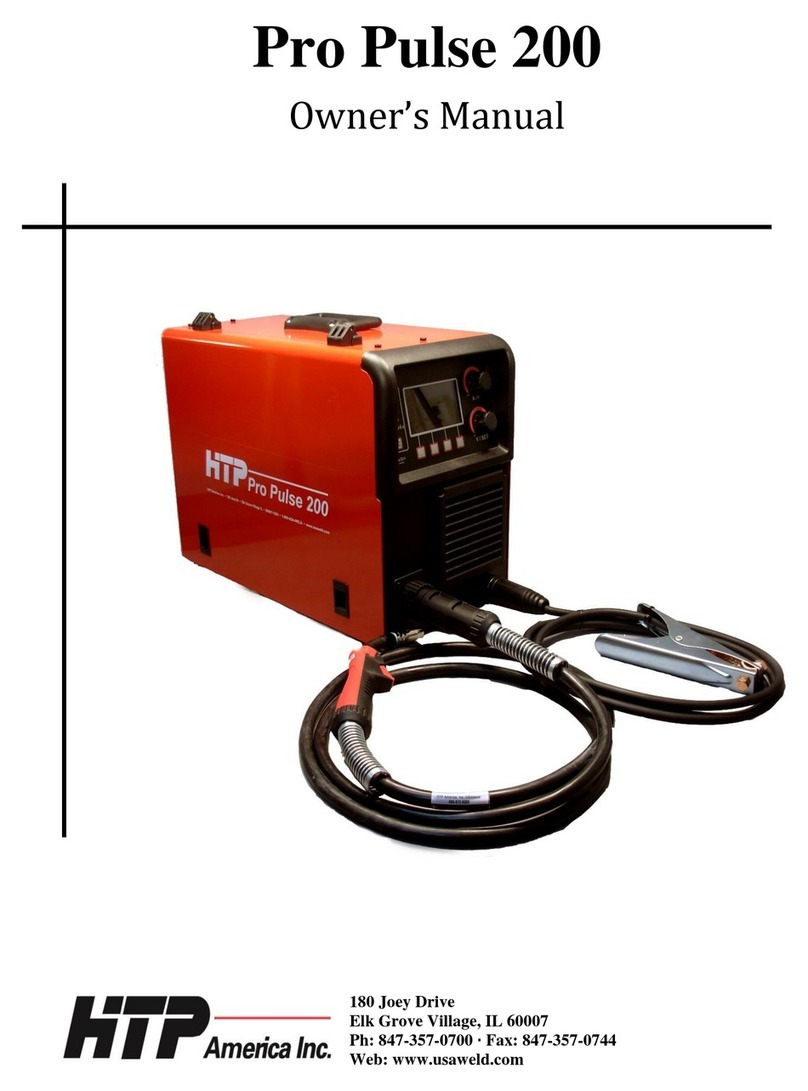
HTP
HTP Pro Pulse 200 User manual

HTP
HTP MIG 2400 User manual

HTP
HTP MTS 160 User manual

HTP
HTP MTS 210 User manual

HTP
HTP MICROCUT 600 User manual
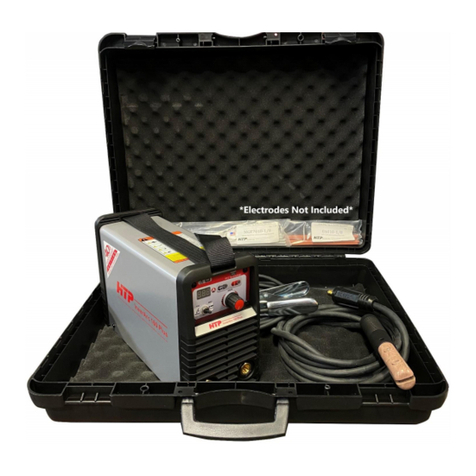
HTP
HTP InverArc 160 Plus User manual
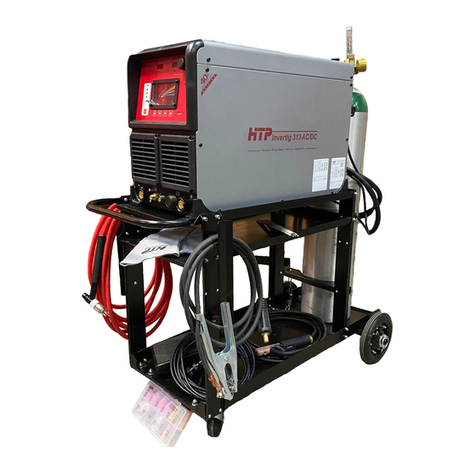
HTP
HTP Invertig 313 User manual
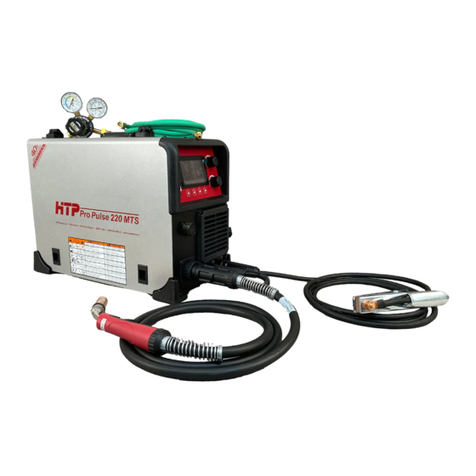
HTP
HTP Pro Pulse 220 MTS User manual
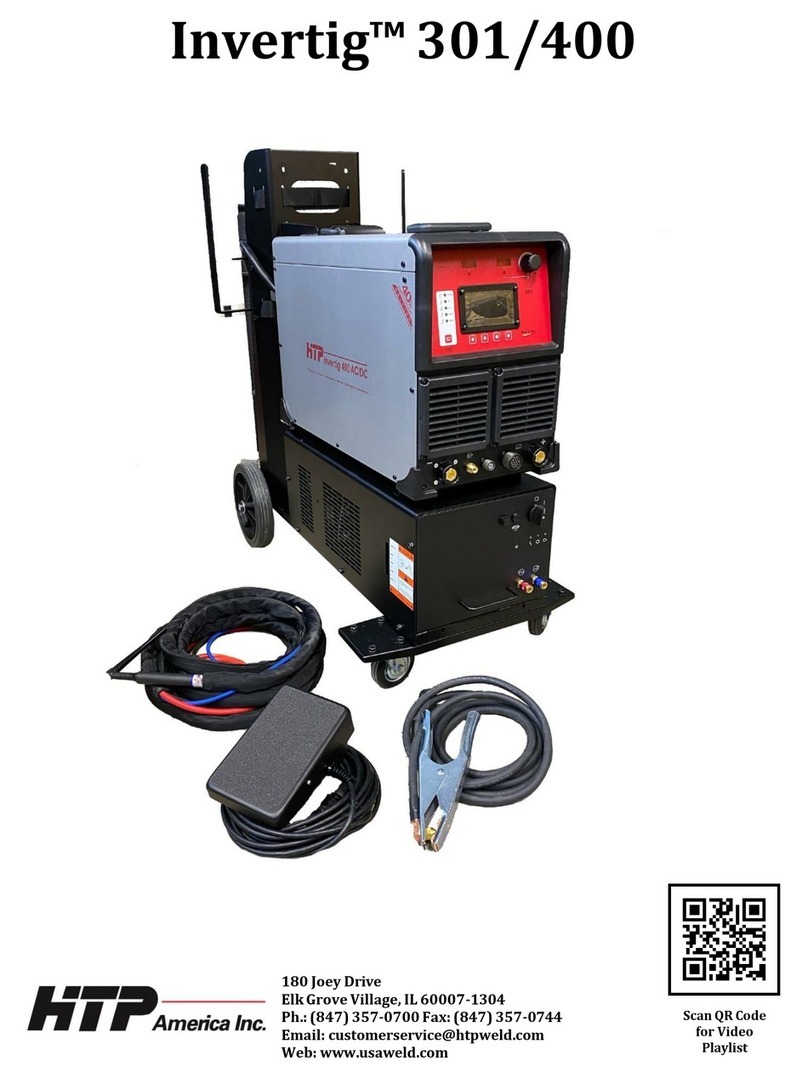
HTP
HTP Invertig 301 User manual
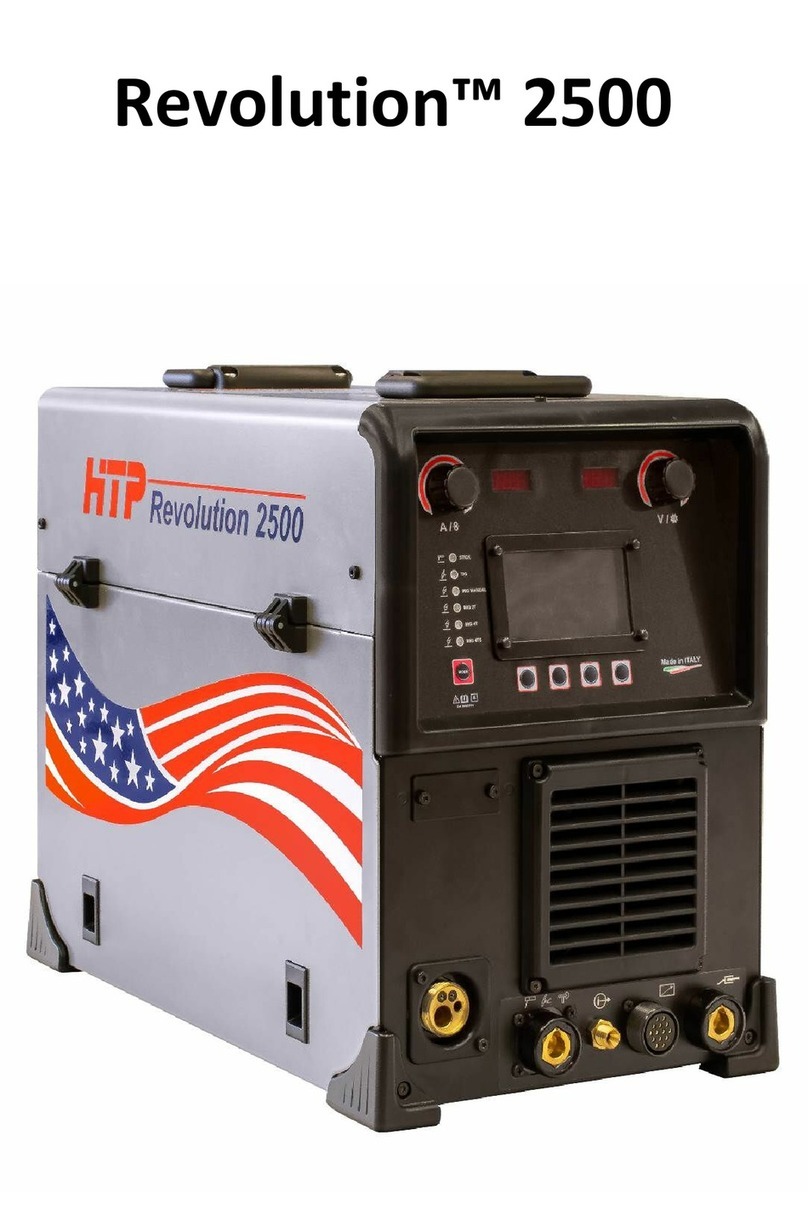
HTP
HTP Revolution 2500 User manual

HTP
HTP MIG 200i User manual

HTP
HTP Invertig 200 User manual
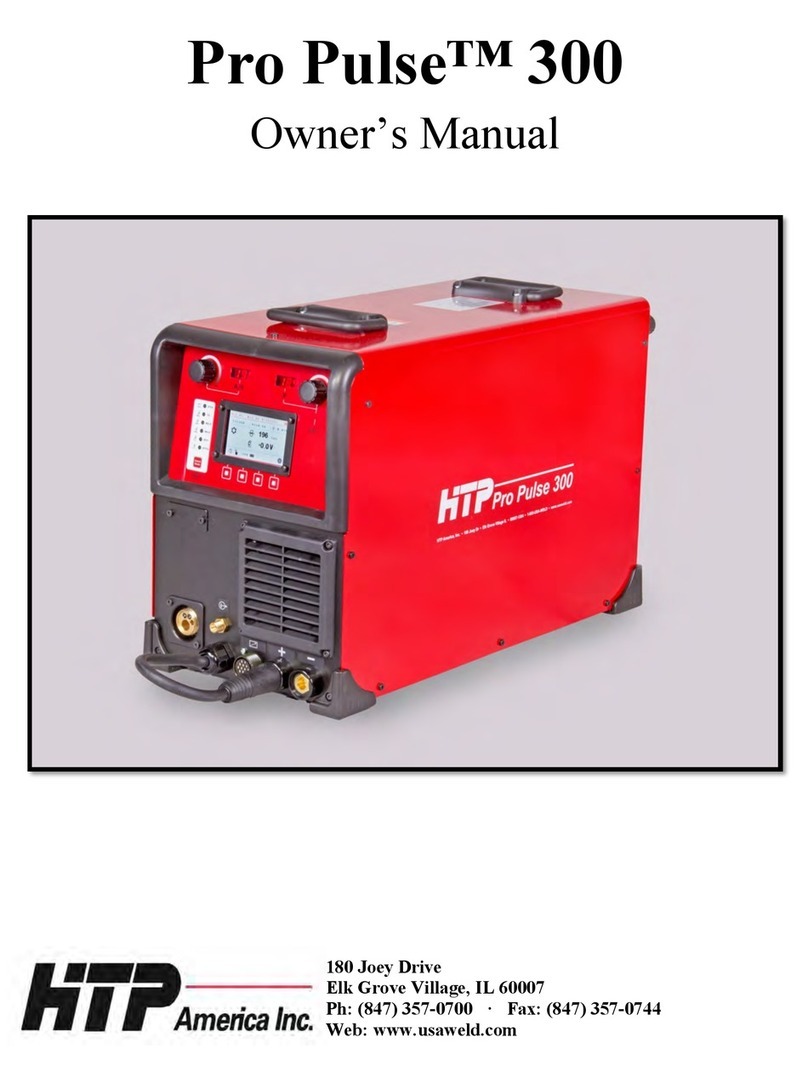
HTP
HTP Pro Pulse 300 User manual
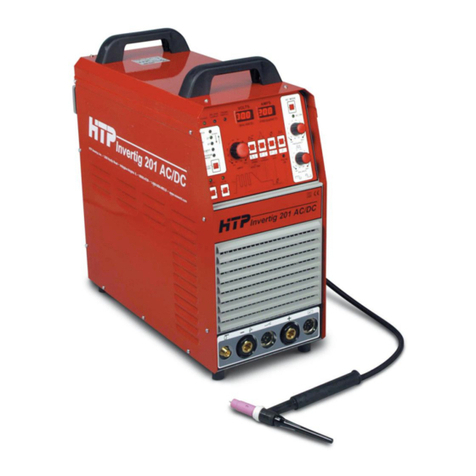
HTP
HTP Invertig 201 AC/DC User manual
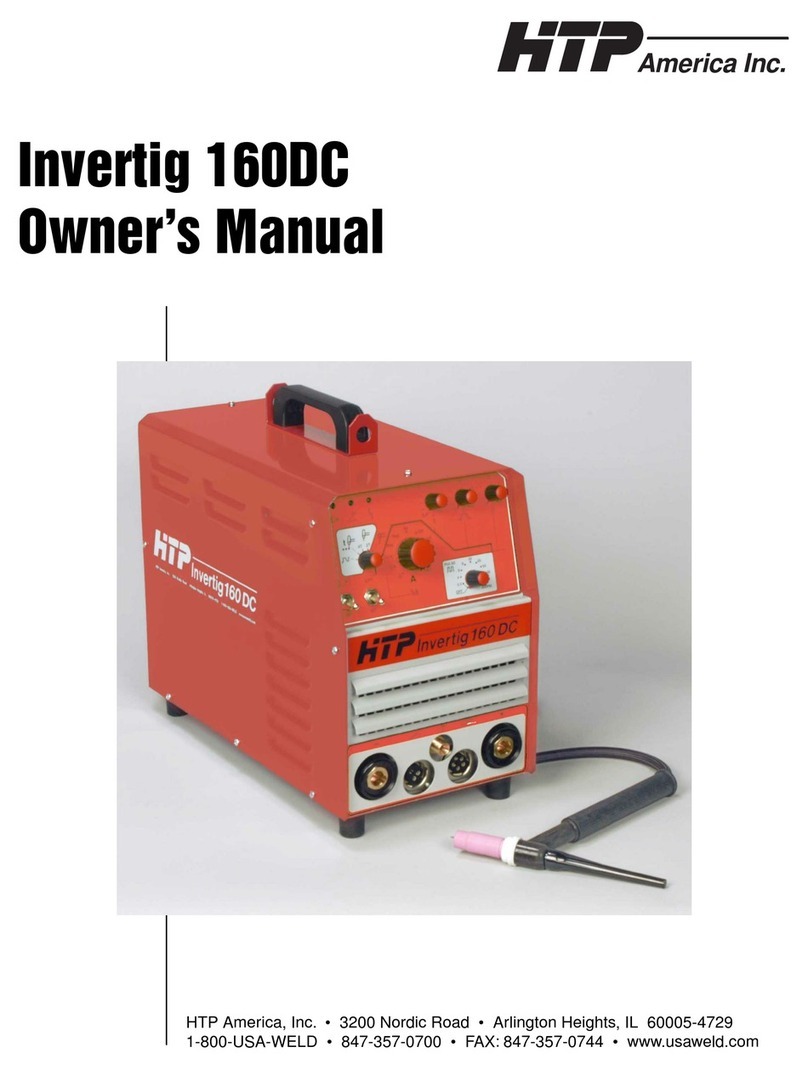
HTP
HTP Invertig 160DC User manual
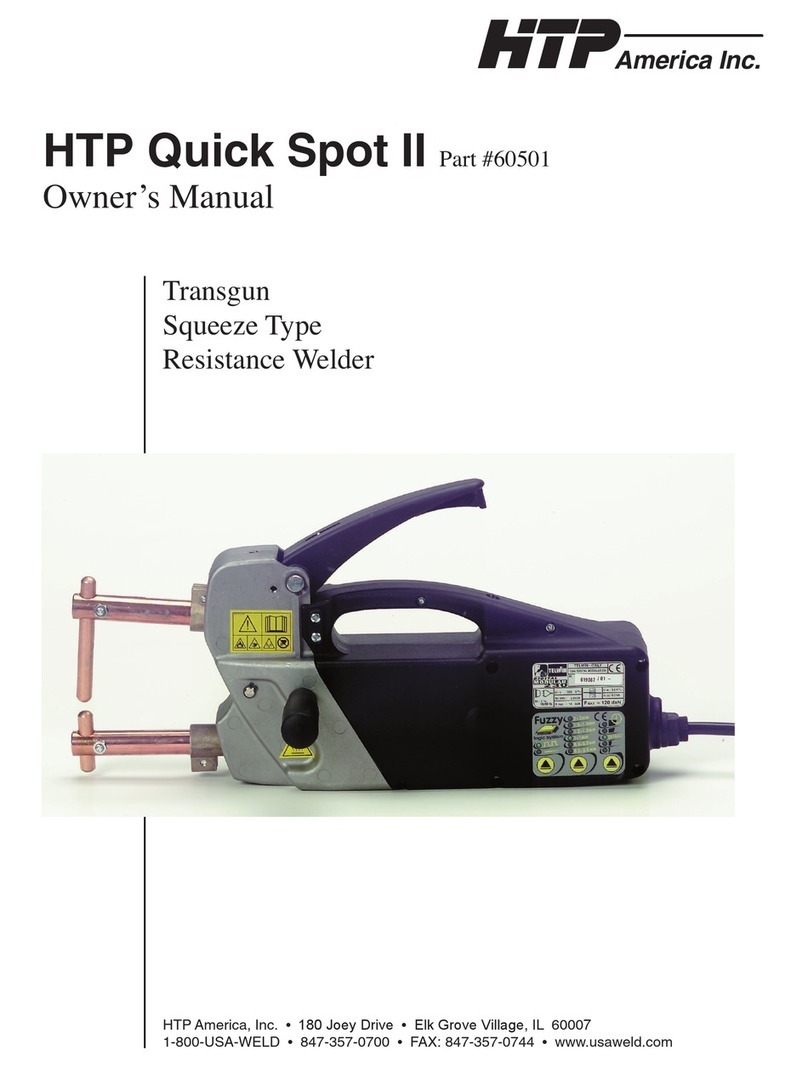
HTP
HTP Quick Spot II User manual

HTP
HTP MIG 130 User manual
Popular Welding System manuals by other brands

Hobart Welding Products
Hobart Welding Products AirForce 375 owner's manual

GF
GF MSA 330 instruction manual

Hakko Electronics
Hakko Electronics FX-888D instruction manual

Abicor Binzel
Abicor Binzel ABIPLAS WELD 100 W operating instructions

EWM
EWM Taurus 355 Basic TDM operating instructions

Thermal Dynamics
Thermal Dynamics PakMaster 100 XL plus operating manual





















